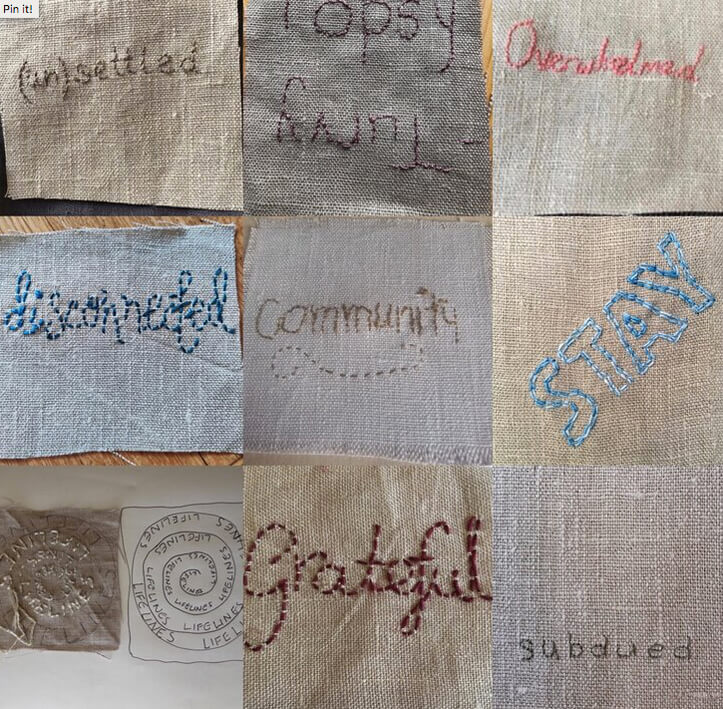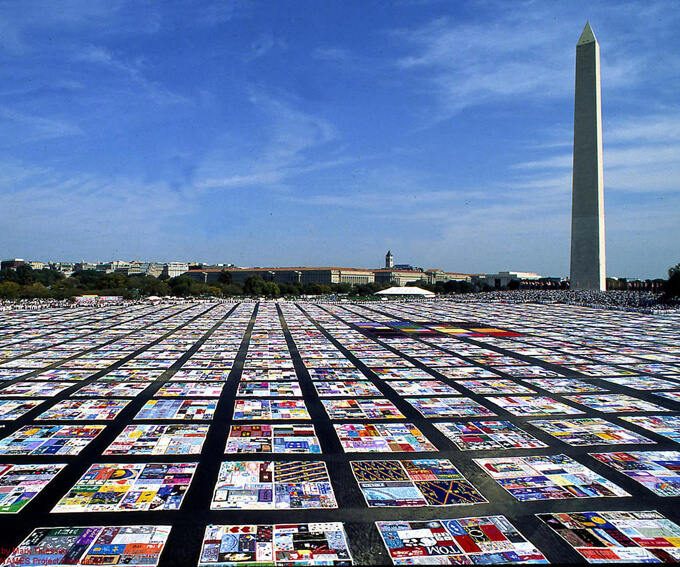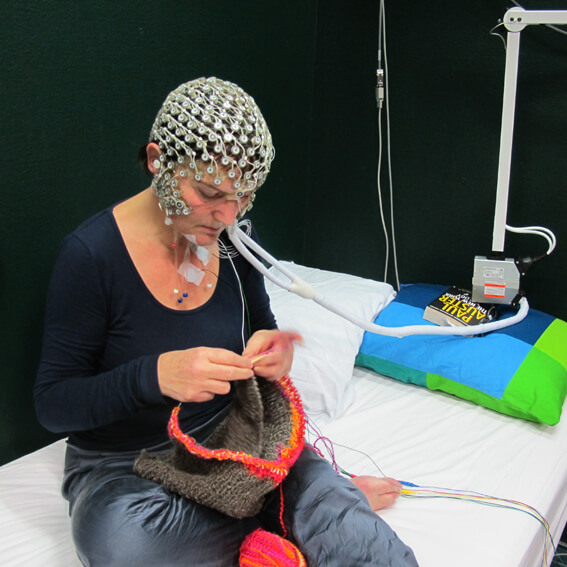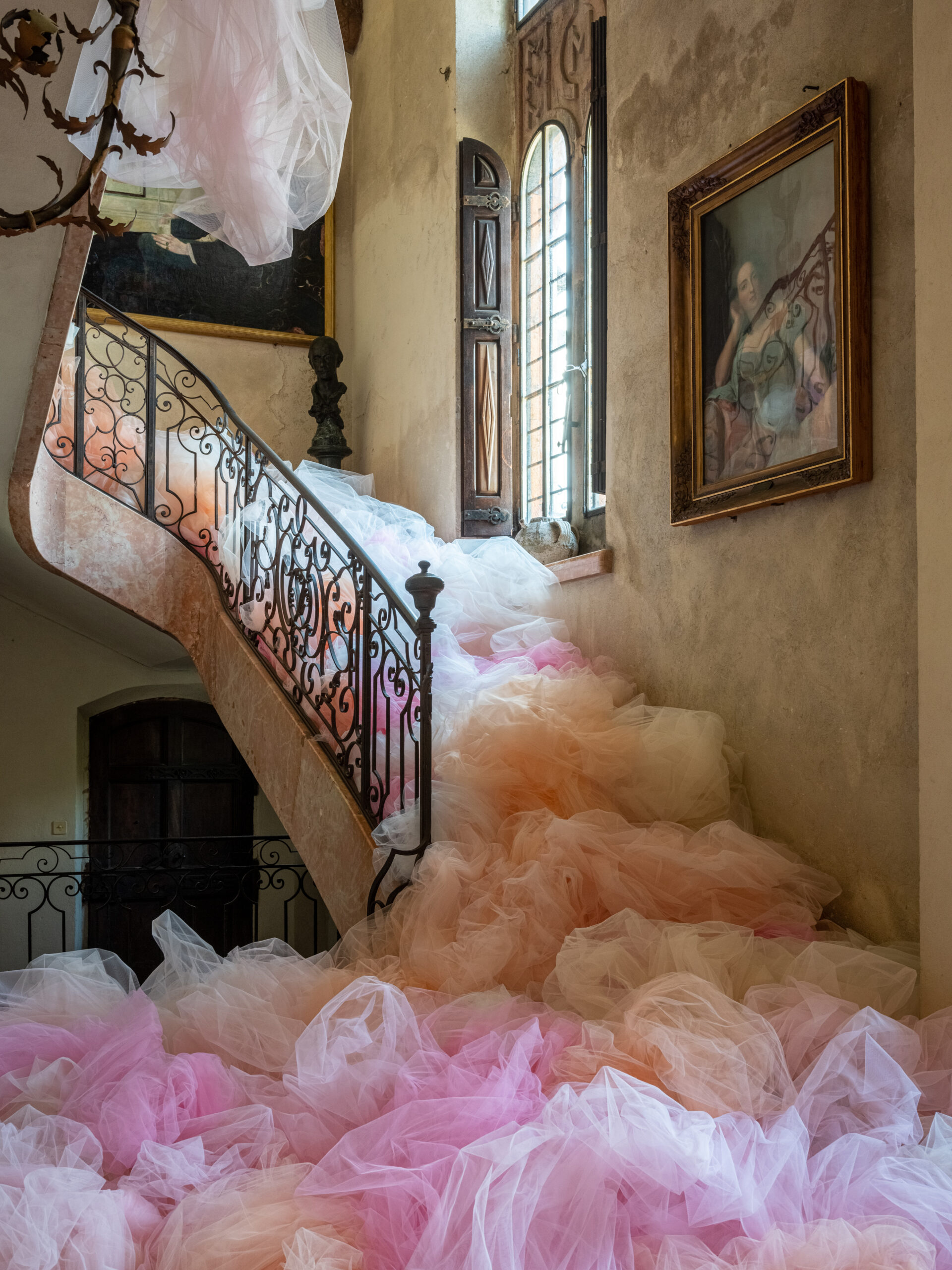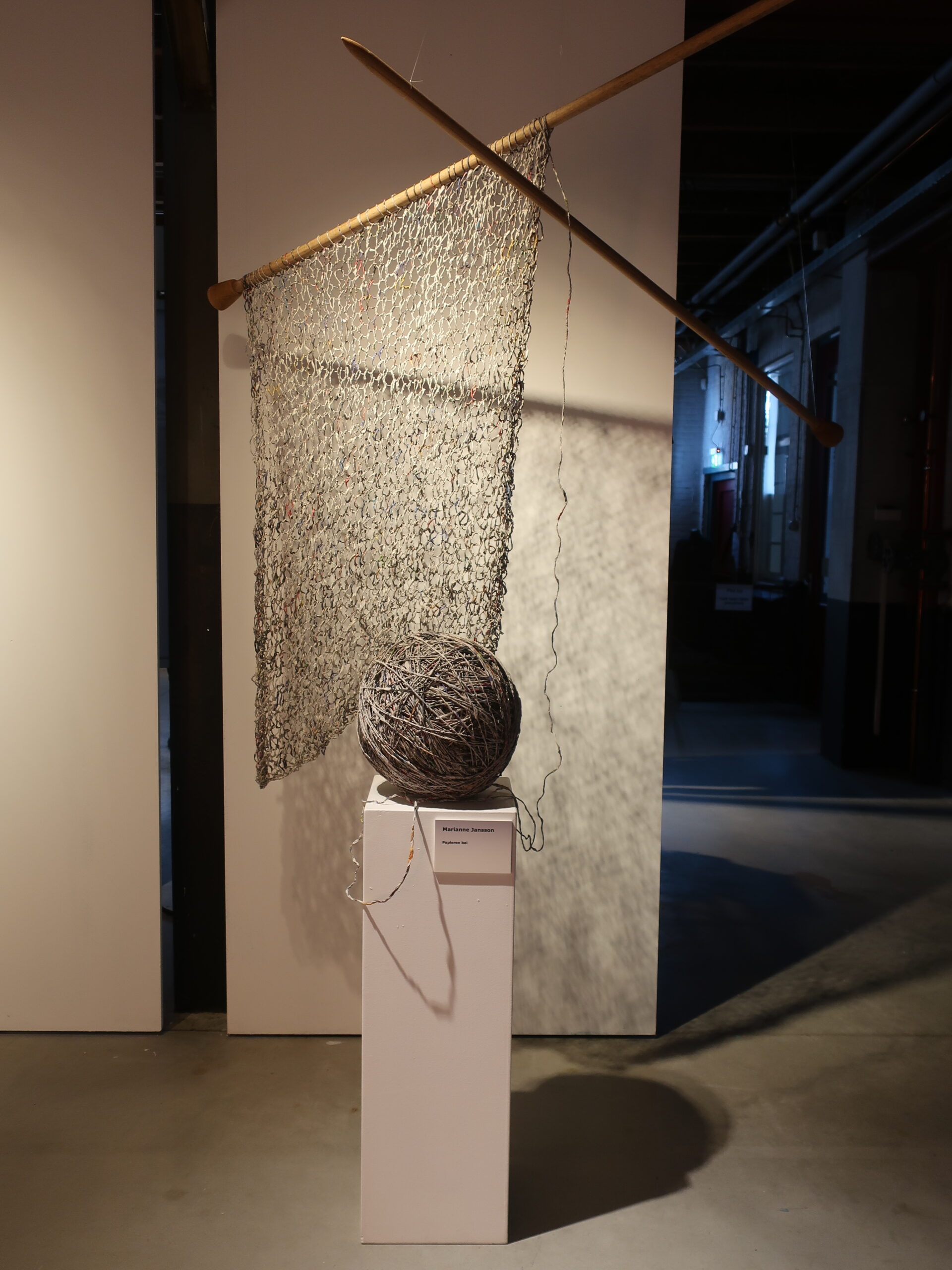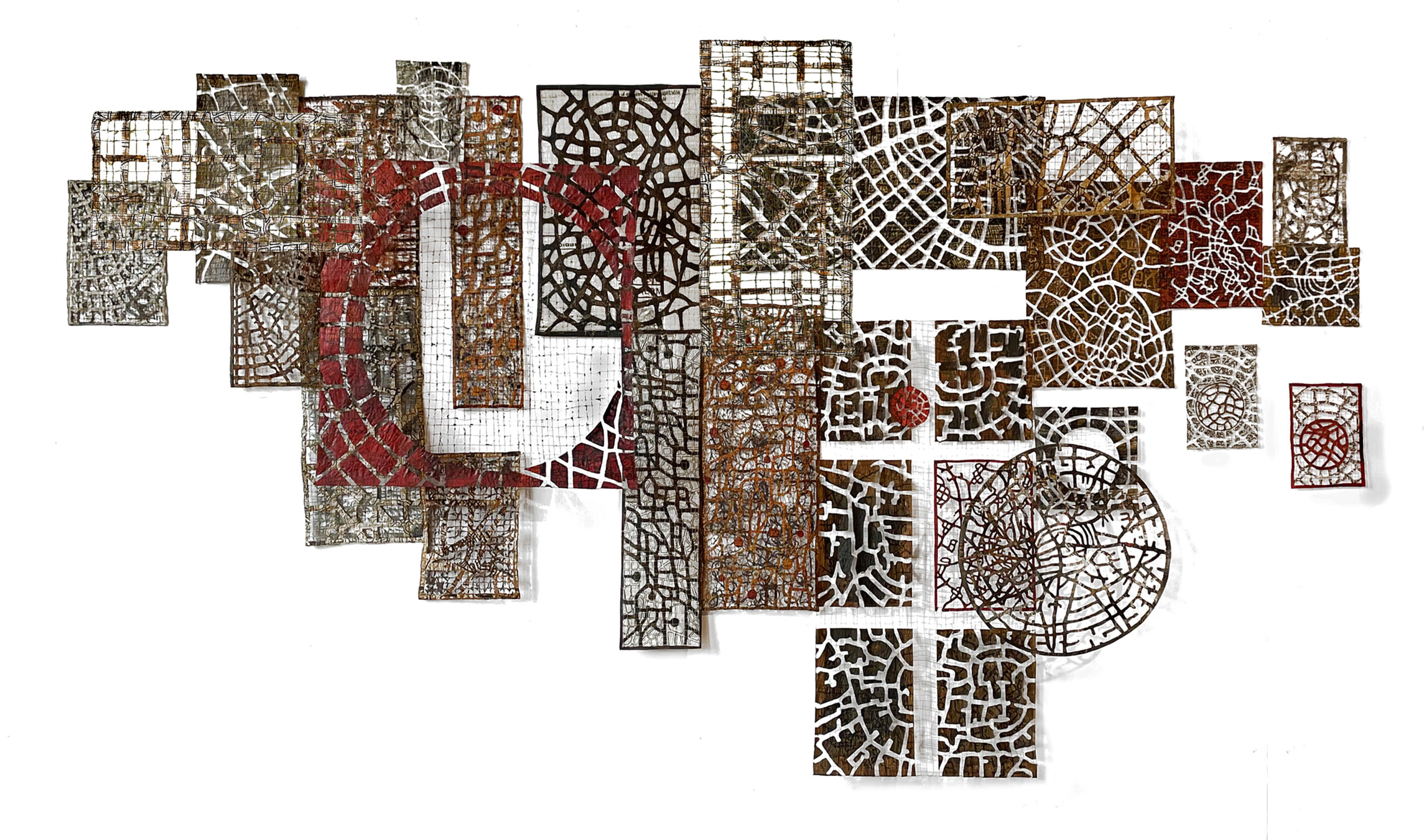Blog: The Zen in "Stitch 'n Bitch"
The most commented on episode of the American sitcom ‘The Big Bang Theory’, shows super nerd Sheldon Cooper at a loom, furiously weaving poncho’s. For the uninitiated: Sheldon, the most brilliant in a group of scientists just got sacked. He is under severe stress. With unique logic he explains: ‘I was working with luminous fish and thought - LOOM’. Labelled with Asperger’s syndrome he is incapable of managing sudden change. However - through weaving, i.e. engaging in a meaningful, productive and repetitive action, he reorganizes his brain. He calms down, stabilizes and goes back to work.
Tekst: Monika Auch
Why does our brain love arts and crafts?
This is the content of some interesting research conducted in Finland at Aalto University. While every knitter, embroiderer, weaver and craft practitioner knows and experiences the relaxing state of making with your hands, i.e. the delicious state of flow, it is interesting to identify the underlying mechanisms. Could they - easily available and low cost measures - be implemented in therapy and preventive health care? The underlying mechanisms of how creative practice improves our well-being are being widely researched.
Crafting is unique in its ability to involve many different areas of the brain, which can be mapped by MRI technique. Crafting involves the memory and attention span, visuospatial processing, the creative and problem-solving abilities. Engaging in a crafting process means to move out of the stress mode of fight and flight response and to activate the parasympathetic nervous system, which dampens internal chaos. Additionally, the reward center in the brain releases a neurotransmitter called dopamine, a natural anti-depressant. This is triggered by overcoming problems and admiring a finished, beautiful piece of work.
Stitching
There are supportive factors to get into that healthy, delicious state of FLOW. The zen-factor in ‘stitch and bitch’ lies in the caption. Ideally the ‘stitching’ project has to be a meaningful, repetitive yet challenging task. In that way it involves cognitive learning which improves self-efficacy. Psychologists believe a strong sense of self-efficacy is key to how we approach new challenges and overcome disappointments in life. Realizing you can weave poncho’s for your friends can help to tackle the next job application or scientific task.
"Stitch and bitch adds up to more than a great craft piece, it brings zen"
The involvement of many different parts of the brain during crafting can enhance brain functions at later stages in life even counteracting dementia. Neuroplasticity is a newly coined phenomenon, meaning that human brains never stop develo-ping if stimulated adequately e.g. by art projects.
Bitching
Bitching - #gatherings, #women, #talking and knitting - refers to the positive effects of communal making. Part of the explosive interest in textile crafting is linked to the well-being of social communities, e.g. the ‘Sewing as a Form of Self-care’ project described on the Fashion Textile Museum ’s blog, Claire Wellesley Smith’s covid-19 stitch journal or the long running AIDS-quilt project. Making as practiced in arts and crafts is crucial for creating social cohesion and for emotional bonding especially during uncertain and challenging circumstances.
Zen
Stitch and bitch adds up to more than a great craft piece, it brings zen - no need to follow a mindfulness workshop - get out your tools and stitch, weave, felt with your community!
Monika Auch has a background in medicine and textile design with a focus on weaving. A hybrid of science and art, she set up Weeflab in Amsterdam to investigate ‘The intelligence of the hand’. She runs the www.stitchyourbrain.com project.
> To the website of Monika Auch
Main image: Stitched brain by Annie Slob: ’I am concerned about the future of the planet. We need solutions. Solving the problem is not easy and for that we need intelligent thinking. So the stitching of the brain is a sort of wishful stitching: 1000 shades of green. Photo: M. Auch.
